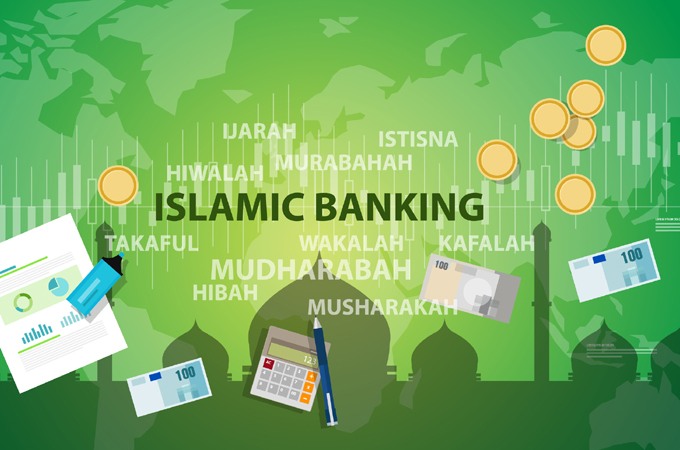
An S&P facility
Resilient growth anticipated for Islamic finance: S&P
DUBAI, April 29, 2024
The global Islamic finance industry will continue see high-single-digit growth in 2024-2025, with sukuk issuances to hover between $160 billion and $170 billion in 2024, furthering the industry's asset growth.
According to a report titled “Islamic Finance 2024-2025: Resilient Growth Anticipated Despite Missed Opportunities" published by S&P Global Ratings, headwinds for the sukuk market are on the horizon, though, with the expected adoption of a new standard that could subdue issuance growth in 2025 and beyond.
The global Islamic finance industry continues to rapidly grow its assets but only in a few core markets, and S&P expects positive contributions from all the Islamic finance industry' components to sustain this growth throughout the remainder of 2024.
Pick-up relatively slow
Although sustainability and digitalisation represent emerging sources of growth, the pick-up has been relatively slow.
Total assets of the global Islamic finance industry continue on its growth path. S&P Global Ratings expects high-single-digit growth in 2024-2025 after a growth of 8% in 2023 (excluding Iran). Although Islamic banks in Saudi Arabia grew at a slightly slower pace than peers in other countries, there was a significant drop in Kuwait as 2022 numbers were inflated by a large acquisition.
In the UAE, Islamic finance growth quickened in 2023 thanks to the robust performance of the non-oil economy. Other Islamic finance countries contributed only 15% of the industry's incremental growth in 2023.
Sukuk market
The sukuk market also saw good but softening growth in issuance volumes. The sukuk market has started 2024 strong, with total issuance reaching $46.8 billion at March 31, 2024, compared with $38.2 billion at the same date a year prior. Moreover, the Islamic funds and takaful sectors are likely to expand further. We continue to exclude Iran from our calculations due to Iranian banks' lack of disclosure.
Familiar challenges for the industry have spilled into 2024, namely concentration in a small number of countries and complexity of transactions and standards. Islamic finance struggles to attract interest beyond its core markets--countries across Central Asia and Africa, and parts of Europe.
This has kept the Islamic banking industry embryonic in these markets and sukuk activity sporadic. The way standards are evolving could also compound the limited geographic diversification. In its exposure draft on sukuk (Standard 62) published in late 2023, the Accounting and Auditing Organisation for Islamic Financial Institutions (AAOIFI) proposed fundamental Islamic Finance 2024-2025: Resilient changes in many of the foundations of the market. In our view, if the standard is adopted as proposed, headwinds may emerge from 2025 and beyond.
Digitalisation and sustainability
The drive for digitalisation and sustainability initiatives have yielded mixed results. While opportunities related to sustainable finance are significant as the industry is concentrated in oil exporting countries, progress has been relatively slow and limited in the global context.
Similarly, digitalisation has helped the banking side of the industry, but we have yet to see strides in the capital market activities through tokenisation and digital sukuk. The prerequisite of having global and supportive standards is a major hurdle.
Future of Islamic finance
In S&P’s view, the future of Islamic finance is sustainable, collaborative, and digital. It is sustainable thanks to the alignment between Sharia principles, overarching pillars of sustainability, and the value proposition of Islamic finance that capture more than just financial objectives.
The future is collaborative because it is not in the interest of stakeholders to disrupt the industry equilibrium and erase the development that was achieved over the past half century.
Finally, digitalisation will come into play because leveraging emerging technologies could help the industry enhance its efficiency and ultimately its value proposition for investors and issuers.--TradeArabia News Service








